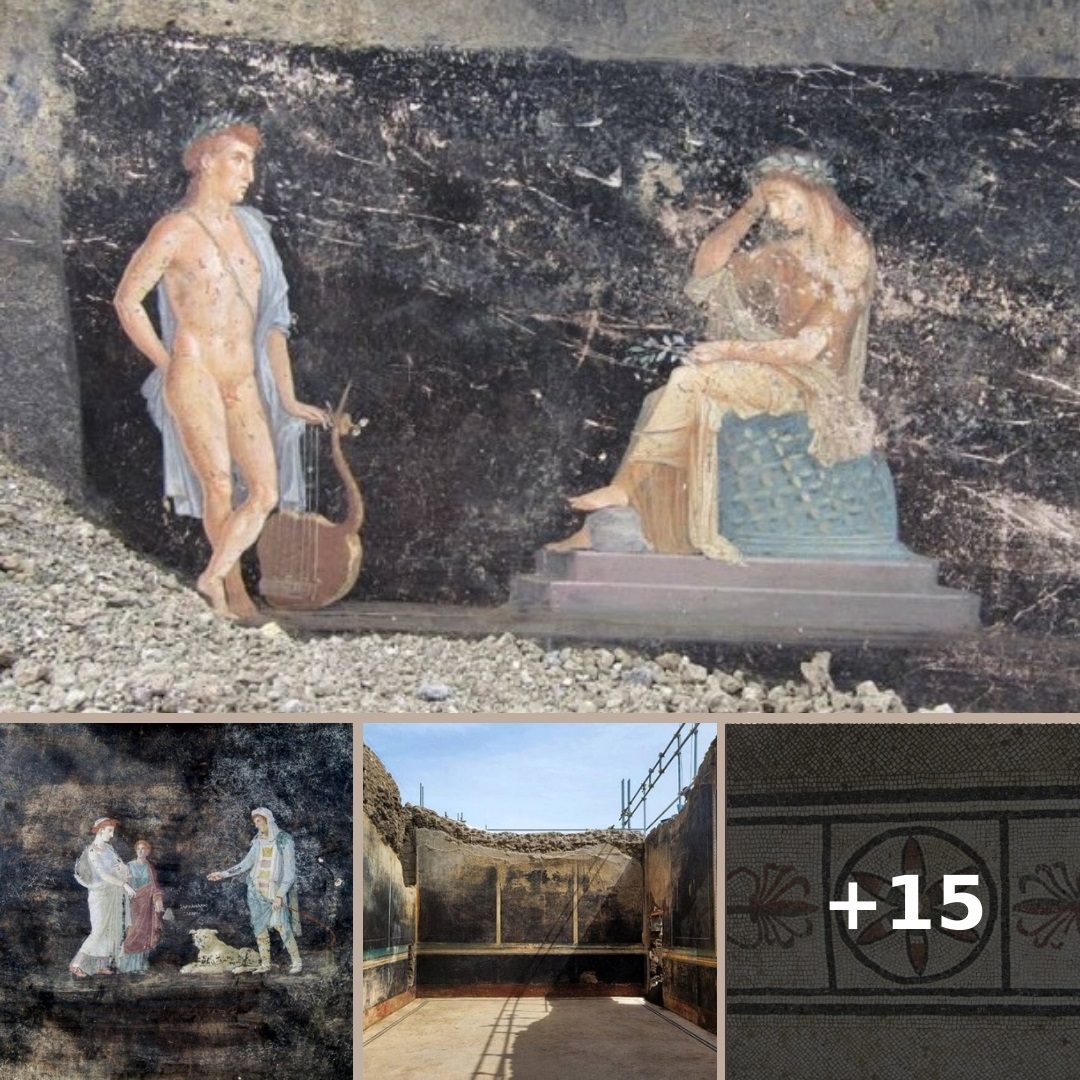The frescoes depict figures from mythology including Helen of Troy, Apollo, and Cassandra, and would have been enjoyed by Roman elites during elaborate feasts.
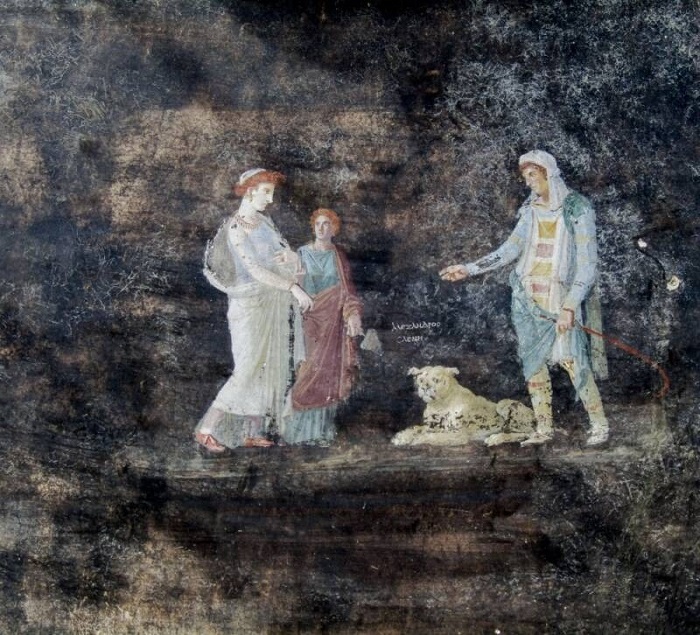
When Mount Vesuvius erupted some 2,000 years ago, it buried Pompeii in ash — and froze it in time. The doomed city has since offered up a wealth of incredible archeological discoveries over the past several decades as archaeologists slowly excavate it, including human remains known as the “bodies of Pompeii,” bakeries, and hundreds of ancient scrolls. Now, archaeologists in Pompeii have uncovered an opulent banquet room filled with stunning frescoes.
The frescoes, painted on dark walls, depict “heroes and deities” from mythology who played a part in the Trojan War, including Helen of Troy and Paris, the doomed seer Cassandra, and the god Apollo.
“We never know what we are going to find when we excavate so everything is a surprise,” Sophie Hay, an archaeologist working in the Press Office at Pompeii, told All That’s Interesting in an email. “That is part of the joy of digging even in such a well known city as Pompeii.”
The Spectacular Frescoes Discovered In Pompeii
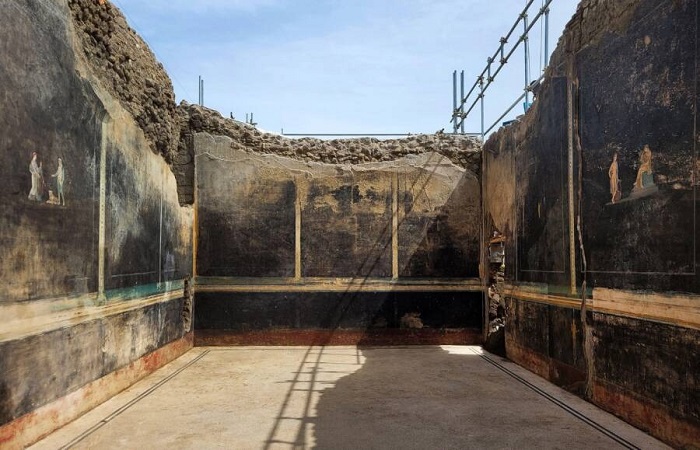
According to a statement from the Pompeii Archaeological Park, the frescoes were discovered in a “spectacular” banquet hall in Pompeii’s Block 10 of Regio IX. The hall, which opens into a courtyard, is approximately 50 feet long by 20 feet wide. It’s filled with stunning frescoes depicting figures from the Trojan War.
These figures include the lovers Helen of Troy and Paris, whose affair helped incite the Trojan War. They’re identified by a Greek inscription between them, which gives Paris his Greek name “Alexandros.” The frescoes also depict Cassandra, the daughter of King Priam, who foresaw the conflict but was not believed because she’d been cursed by Apollo.
“The frescoes we uncovered were befitting the large scale and grandeur of the room,” Hay told All That’s Interesting. “The room opens to the west and a large window would have let in the evening light of the setting sun. The white flooring would have helped reflect any available light onto the walls.”
According to Hay, the frescoes are “Third Style decorations” and were painted sometime in the first half of the 1st century A.D. Though both the frescoes and their black background — to protect from oil lamp smoke — were common in Pompeii at the time, the figures of Helen of Troy, Paris, Apollo, and Cassandra are more unusual.
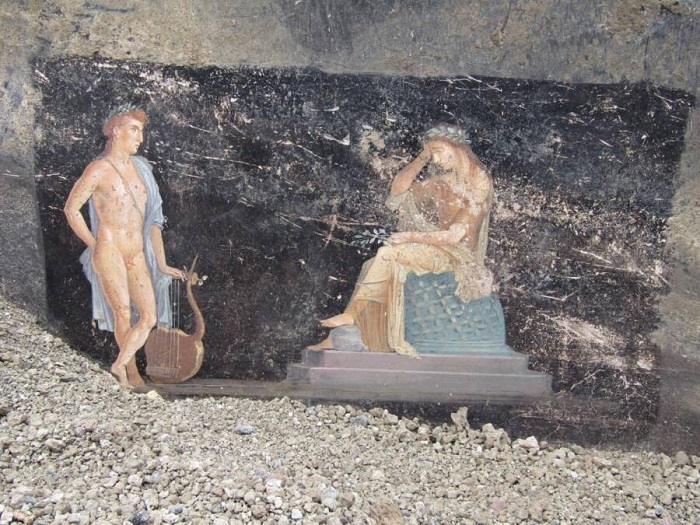
“The figures we see of Paris and Helen of Troy with a dog at Paris’ feet as well as on the opposite wall of Apollo trying to seduce Cassandra are unique in Pompeii,” Hay explained to All That’s Interesting. “They are small size but intricately and brightly painted and they really stand out against the black background. One wants to imagine that the flickering lamps that would have lit the room would animate the figures and attract not only the gaze of the guests but also stimulate conversation around them.”
But the incredible frescoes weren’t the only thing discovered in the banquet hall. And they’re just one small piece of the greater project of excavating Pompeii.
The Area Surrounding The Banquet Hall
While excavating the banquet hall, archaeologists also documented a staircase which led up to a first floor. Beneath the arches of the staircase, they found a pile of building materials. And on the staircase arches themselves, they found charcoal drawings of “two pairs of gladiators and what appears to be an enormous stylised phallus.”
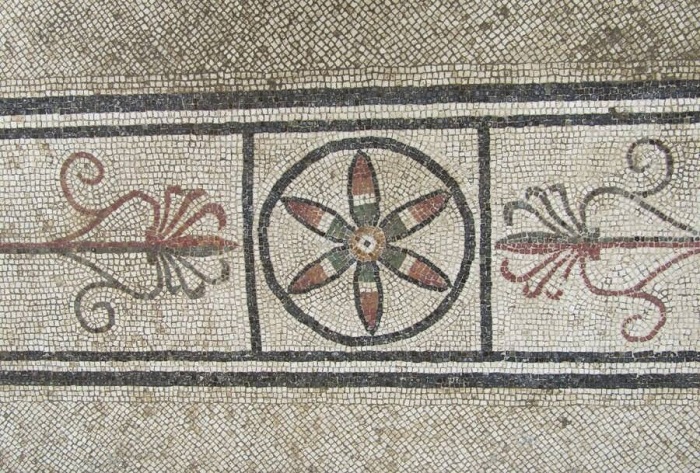
Hay told All That’s Interesting that archaeologists aren’t sure who lived at the property. But they were undoubtedly “very wealthy.”
“Entertaining guests by wining and dining them in this grand room and impressing upon their guests their luxurious lifestyle was evidently very important to them, “Hay remarked. “But excavation continues in this property so we hope to find clues as to who the ancient inhabitants were.”
Indeed, the discovery of the banquet hall is part of a larger effort to uncover the lost city of Pompeii, which contains more than 13,000 rooms in 1,070 residential units, as well as public and sacred spaces. These spaces were coated with hot gases and volcanic mud following the eruption of Mount Vesuvius in 79 A.D. Surely, they still contain relics of ancient life in Pompeii, frozen in time.
“Pompeii is truly a treasure chest that never ceases to surprise and amaze us,” said Italian Culture Minister Gennaro Sangiuliano. “[E]very time we dig, we find something beautiful and significant.”
After reading about the new frescoes uncovered in Pompeii, look through these fascinating facts about life in ancient Rome. Or, discover the story of Roman “venationes,” brutal battles featuring wild animals.
